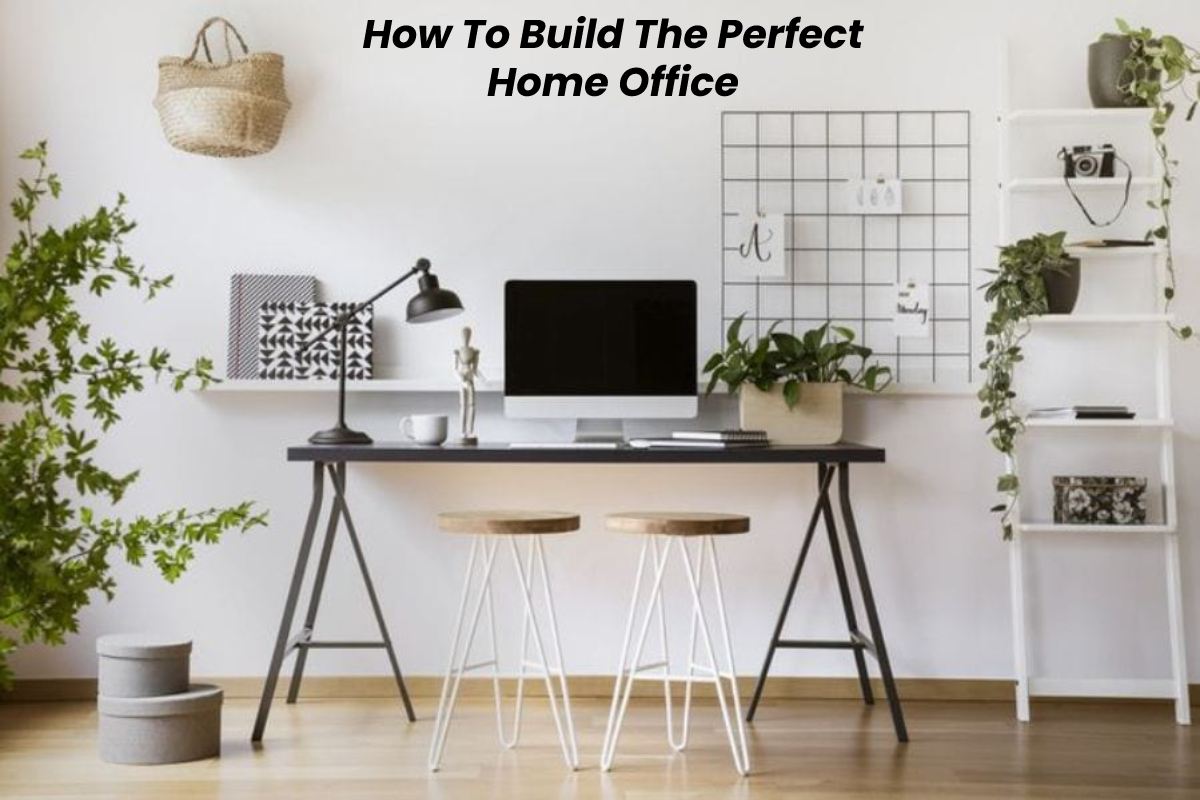Perfect Home Office – With more of us working from home than ever, the perfect home office environment has never been more important. A good home office can be the difference between achieving maximum productivity and feeling like you can never get anything done. There are a number of beginner traps that many fall into when they’re just starting to work from home; whether it’s putting the office in the wrong place, including too many distractions, or just decorating wrong, you’ll need to avoid many pitfalls when building your first home office. Here’s how to do it right!
Table of Contents
Make sure you have plenty of cash to fund your office
Unfortunately, you’re going to have to spend money to make money in the case of building a perfect home office. That means you’ll need to have plenty of cash reserves to ensure you can pay for the things you’ll need to outfit the office with. Outfitting a home office shouldn’t cost you too much, however; even taking out £500 loans will put you on the road to building a great office that should fulfil all of your productivity needs. Just make sure you’re not flat broke if you can, because you might struggle in that case.
Keep the natural light streaming in
Natural light is pivotal for your home office. While keeping your environment illuminated is always of paramount importance, there’s a big difference between natural light and artificial light in this regard. Natural light helps boost your vitamin D levels, raising your energy and keeping you active and productive. In addition, natural light has been linked to mental health, so when work is starting to get you down, having the sunlight streaming in through your window will give you a much-needed pick-me-up.
Don’t put your office in your bedroom
While it might be tempting to turn a room into a multi-purpose environment for your office, this isn’t necessarily a good idea. By associating your bedroom space with your work environment, you’re drawing an unhappy equivalent between relaxing and working, which could mean that you’re always on edge when you’re trying to relax. If you can, try to allocate an unused room or a seldom-used room for your office space. This will help you delineate time for work and time for leisure.
Keep it quiet
Working while there’s noise going on is a surefire way to annoy you and make you lose concentration. Choose the quietest place in the house for your home office. If there’s nowhere that springs to mind, then you’ll need to figure out a way to soundproof your room. Doing so can be expensive, but it can also be hugely beneficial. It’s also a good idea to let other family members or housemates know that this is a work environment, so they’d be helping you out a lot if they kept it down.
Display artwork and photographs
One of the best ways to decorate your home office is to display artwork you love or photographs you’ve taken (or that mean a lot to you). These personal touches can help to get you through tough periods at work, and they can remind you why it is you’re working in the first place when you’re feeling down. Keep the artwork tasteful and not overly provocative, and don’t display photographs that are going to provoke a strong emotional reaction, as these might serve as distractions.
Get rid of any distractions
Distractions are lethal to your productivity. You should ensure that there are as few of them in your home office as possible. That means not having a TV or gaming console in your home office, as you’ll be tempted to use them during lulls in work when you could be doing other things. You can include small distractions in your office; items like executive toys or stress balls can be great for helping you relieve tension. Just make sure you’re not wasting hours of your working time watching TV.
Choose your furniture well
You’re going to be spending a lot of time in your home office, so it’s essential to make sure that the furniture is comfortable and ergonomic. This goes for your computer desk, as well as your chair and any other furniture you’ll need. Don’t skimp on the cost if you can help it; buying a cheaper alternative could simply mean that it falls apart faster or doesn’t have the features you need. Make sure the furniture in your office is good and it’ll look after you as well.
Don’t neglect storage
Any typical home office is going to have storage needs. You’ll need somewhere to put equipment you’re not using, as well as any potential physical documents or assets from your job that you need to store. That’s why you should make sure you have a logical, ergonomic storage solution in your office. Create a system for organising and labelling all the things you’re storing, too; you don’t want to lose things or be unable to find them in a pinch.
Use neutral colours
Another important decorating tip, as well as displaying artwork and photographs, is to try and use neutral colours for your home office if you can. Bright, strong colours will only serve as a further distraction. You don’t have to be boring; if magnolia is your enemy, then use muted shades of green, blue, or purple, for example. Just try to make sure that your home office environment isn’t too “loud” visually, or it’ll make things worse for you when you work.

